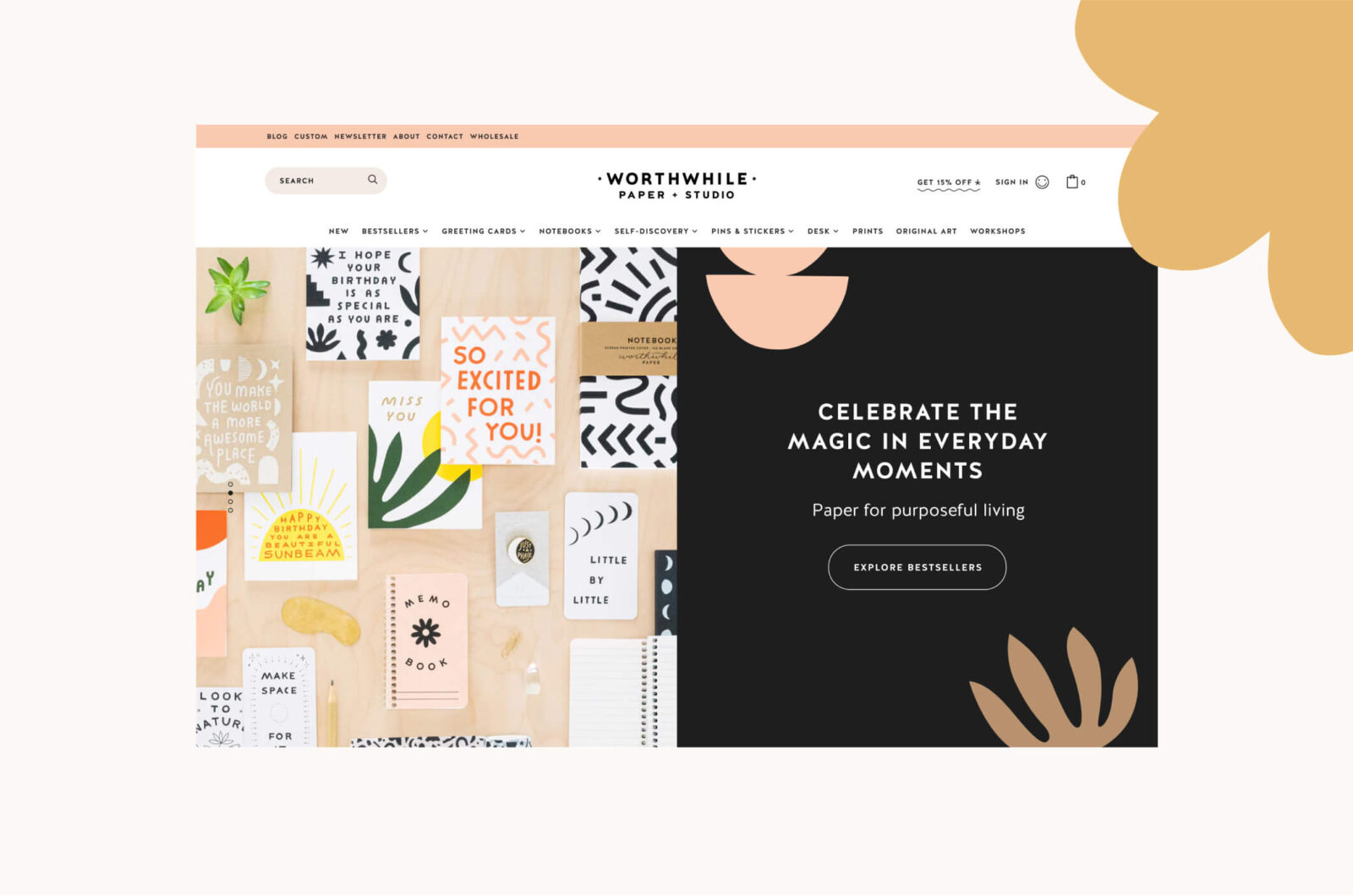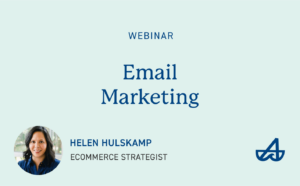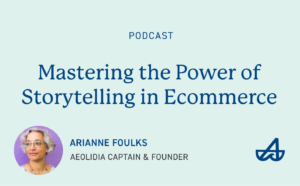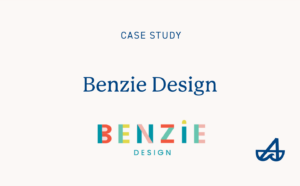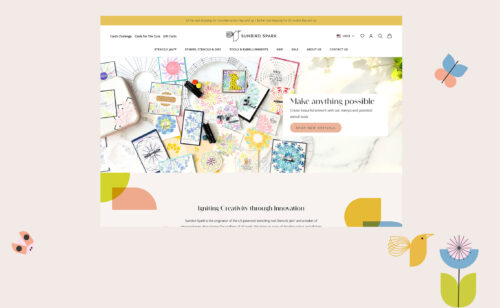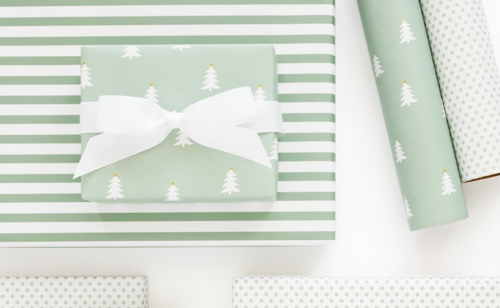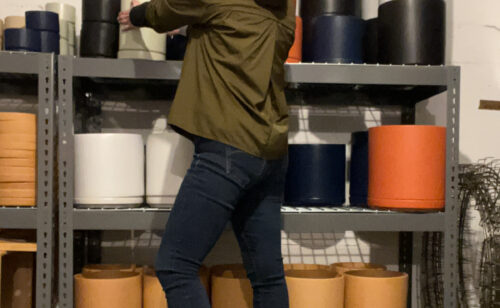The Growth of A Successful Ceramic Artist: Molly Hatch

With a formal education in ceramics and drawing, Molly Hatch was destined for success. She launched her first tableware collection from her home studio in 2010 and quickly landed a licensing deal with Anthropologie. Though Molly was a successful ceramic artist who had licensed her products and even sold her designs in fine art galleries, she didn’t have a streamlined online storefront where people could buy directly from her.
We worked with Molly on a custom Shopify design as well as ecommerce copywriting focused on improving the shopping experience and better telling the Molly Hatch story. And what a story it is!
We recently asked Molly to share more about how her creative business has evolved and some of the lessons she’s learned over the years.
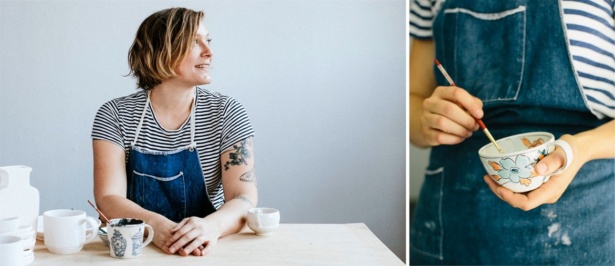
Did what you learned in school prepare you for running your business? What surprised you about selling your work?
I think that school prepared me to be a professor and to work with galleries. School did not do as much to prepare me to be a self-employed artist. Much of that education came from my parents who have been self-employed for most of my life. I learned a great deal in art school about creative problem solving and seeking out solutions or answers on my own; being self-critical in this productive way has helped so much in pursuing and achieving my career goals. School taught me to be assertive and communicative about what makes my art unique to me and this has proven to be a large contributor to my brand’s success.
For weekly tips like this, subscribe to our newsletter
"*" indicates required fields
I set out to be a professor with a career exhibiting my artwork. As a result of the economy in 2008 (when I graduated with my MFA) there were literally 2 open positions for ceramic professors in the entire country. Not good odds! I secured a part time teaching position at Dartmouth College which helped a lot financially transitioning out of school. I returned to making a living as a studio potter because it was what I knew how to do. I was selling all the pots I could make at that time through craft galleries and Etsy.
What surprised me most was that I hadn’t set out to be a designer or to license my artwork for manufacturing, but Anthropologie finding my work and approaching me to collaborate was one of the most fortunate and seemingly fated events in my career to date. I knew I didn’t want to sell wholesale or become a small handmade factory, I do not enjoy repeating myself in making and love the challenge of making something new. Anthropologie gave me a platform to launch my brand and I deeply appreciate the relationship we have had these 8 years of working together.
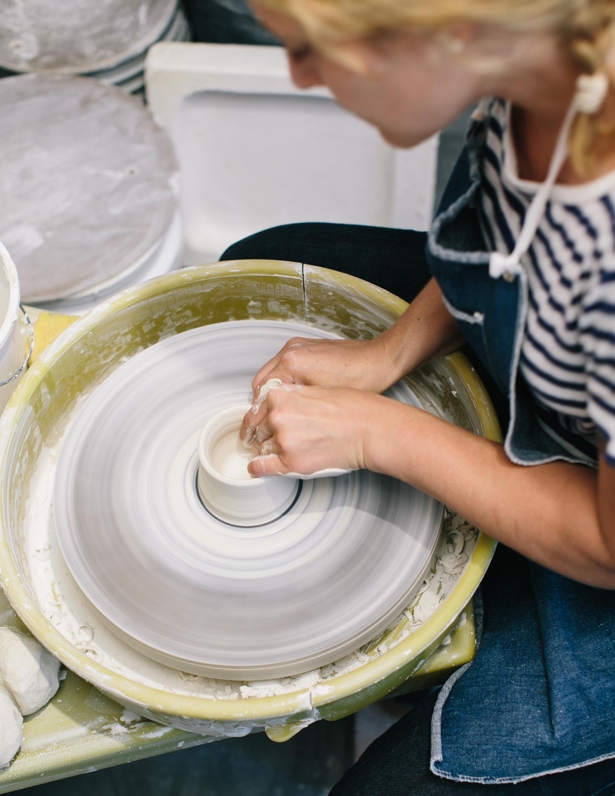
How did you promote your business initially, and how has that changed?
I promoted my work through authoring articles for ceramics trade magazines, writing a blog and through social media posting. I took every opportunity that I could to have an article published and sought out publications with press releases and offers for exclusive content. I always have had professional photos taken of my artwork which means that you are well represented as a brand or as an artist when published.
When I started working collaboratively with Anthropologie there was a lot of buzz about it within the handmade ceramic community because not a lot of potters at that time worked with industry to have their art reproduced. The press around the success of the collaboration was extensive and valuable. I was still teaching as a part-time faculty at a local community college and at RISD as the design work grew, so I was very much straddling two worlds at once.
Is your product entirely handmade? Could you describe who makes your product and how? How has that changed over the life of your business?
My product is entirely manufactured! Often hand-painted. I started making my work by hand, but from the time that Anthropologie and I first started collaborating in 2010, I licensed my artwork and forms to them to reproduce. I knew that I couldn’t make large volumes of my work by hand affordably for the Anthropologie marketplace. Licensing was really the only answer without sacrificing the integrity of the surfaces and concepts of the designs.
I now sell one-of-a-kind wall installations and sculpture that I make exclusively for my gallery in New York to sell in the fine art market. At this point, all of my ceramic prototypes are handmade for my brand partners to reproduce. I rarely sell my handmade product through my shop.
How long did it take before your business started making a profit?
I have always made a profit actually. Early on I was creative about trading work for a place to create, got residencies and so on. I worked for 5 years as a bartender and waitress between undergrad and grad school to pay for day to day life. Whatever profit there was over the years from selling my pottery or licensing designs is what I am paid. Good years mean good pay, bad years are rough.
I think that in the first couple years after grad school (2008-2010) it was only a few thousand dollars profit, not amazing but it heavily subsidized my life — with a studio at home a lot of my expenses are written off as a part of my business. It was the combination of licensing and shifting my handmade into the fine art market in 2010 that really pushed me into a place where I was earning a good living wage (even becoming the breadwinner in my household!) and able to reinvest a lot back into the business to grow it.
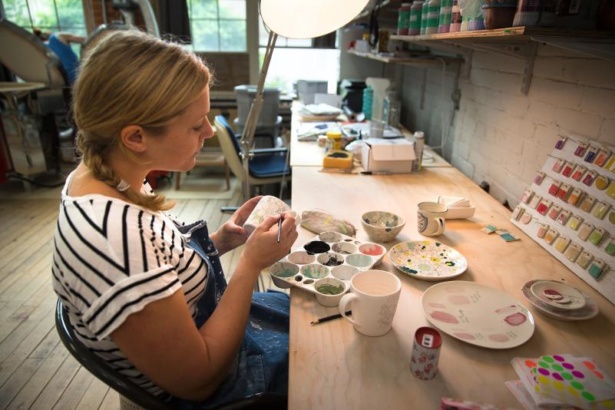
How many people currently work with you? How do you know when it’s time to add a new employee, and how do you find them? Is there a certain size that will feel too big to you?
I have 6 freelancers that work with me on everything from managing my shop to design, bookkeeping, photography and styling. I am working to subcontract the shipping from my shop to a warehouse that I trust to ship items for me because I want to keep the number of people I have working with me to a minimum. I am far more productive with time alone in the studio and right now that is the most valuable way for me to spend my time. I often find help in different ways —- sometimes through word of mouth, sometimes social media… I don’t always know when its time for more help, I always try to get out ahead of demand for my time but it’s never that easy!
You teach workshops and classes. Can you tell us more about that? Are they a significant revenue stream for your business, or more about having fun and marketing your brand?
The workshops and classes are about connecting with others. I learn so much from taking workshops myself, connecting with artists I admire through their teaching. Often those artists become friends or mentors for me. I see it not only as a revenue stream, but as a way to stay connected to teaching and the reciprocity that comes from developing relationships with others. It’s a way to pay it forward.
What made you decide to redesign your website with Shopify? What were your goals for your new website?
I wanted to combine my old site with my old shop—I wanted customers to more easily find me and see what I have to offer as a brand and as a designer. Rather than have multiple places to find me, I decided to consolidate my web presence.

Did you evaluate other Shopify design experts? What made you decide to choose Aeolidia to customize your Shopify website?
Word of mouth! I had talked with other web designers about making the changes I wanted, but they were not necessarily as well-versed in Shopify as Aeolidia. I asked two fellow designers/manufacturers about their experience working with Aeolidia on their own Shopify sites and they both came back with excellent reviews of their experience.
What surprised you during the website design and copywriting work we did with you?
I really wasn’t sure about how such a collaborative project would go. I am used to being the designer! But it was wonderful, and Aeolidia did what they do best. It was a great combination of skills and expertise and I felt my vision for the new site was realized. It was really lovely to hand off the copywriting to someone who knows it so well. I am used to writing my own copy for better or worse!
What were the three biggest differences the Aeolidia-designed website made to your business?
Additional revenue from increased traffic, professional appearance and SEO!!!

If you could give the Molly from 2010 any advice about the path ahead, what would you tell her?
I think that I would tell myself to save — put more aside for paying taxes, not that this has been a huge issue for me — but at the beginning I didn’t prepay taxes and I think that would have been great to do.
I also have now set up the expectation from clients and partners that I can turn around artwork quickly, which I often can but it takes a huge toll on my personal life. Ah, work-life balance!
I am only just learning how to say “No” on occasion and I have come to believe that closing one door often leaves room for another to open. Work begets work—if you spend your time designing, then more design work will come your way and so on.
Thank you, Molly!
Thinking of expanding your online footprint with a new ecommerce website? Contact us about a custom Shopify design for your online store that will help you turn more of your raving fans into happy customers.
A Newsletter That Goes Beyond Shopify 101
It’s easy to find beginner info about ecommerce online. If you’re past that? Subscribe to our newsletter for advanced strategies and need-to-know info for established shops. You'll get:
- Weekly tips to help you market and sell your products
- Updates when there is news that may impact your site
- Round ups of interesting links and info for brands
- Invites to our live trainings and webinars
- Instant access to our past emails
"*" indicates required fields
Related Posts
Let's take your online shop to the next level
The Shopify websites we design have a reputation for substantial improvements to ecommerce conversion rates and online sales. Let's talk!



